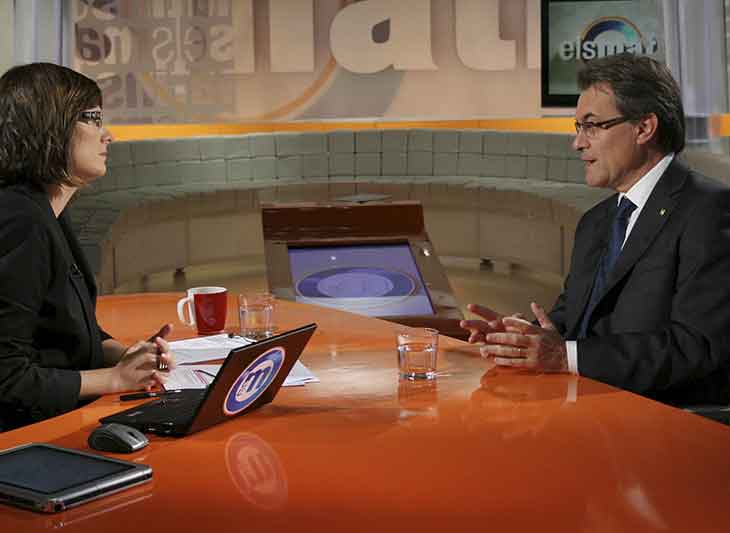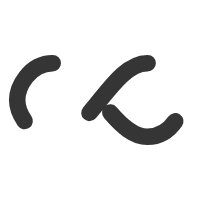



Empowering writers, Crafting success
Your guide to excelling in Essays and Research Projects
The structure of the Design Technology (DT) exam is thoughtfully organized to assess students’ knowledge, application, and analytical skills across multiple levels. The exam is divided into different papers, each with a specific focus that collectively evaluates a wide range of competencies.
For Standard Level (SL) students, the exam typically includes two main papers: one that focuses on foundational knowledge through multiple-choice questions, and a second paper that combines data-based and extended-response questions. This structure ensures that students not only recall key concepts but also demonstrate their ability to apply and analyze these in practical contexts.
For Higher Level (HL) students, the exam expands with an additional paper, deepening the assessment to include case studies and higher-level content that challenges students to synthesize information and evaluate complex design scenarios. The HL structure encourages advanced critical thinking and a deeper understanding of design processes, with each paper progressively building on different cognitive skills.
This multi-paper format in DT exams ensures that students are assessed comprehensively across theoretical knowledge, practical application, and critical evaluation, creating a balanced and holistic approach to gauging their proficiency in design technology.
The External Assessment assesses a range of skills, including:
– Analytical Skills: Ability to break down complex information, interpret data, and identify key business issues.
– Application of Theory: Use of relevant business concepts, theories, and tools to provide insight into real-world business scenarios.
– Critical Thinking: Evaluation of different perspectives, drawing conclusions, and making well-reasoned recommendations.
– Decision-Making: Ability to propose actionable solutions based on analysis and evidence.
To excel in the External Assessment, students are encouraged to:
– Familiarize themselves with key business theories and models.
– Practice analyzing case studies and data-response questions.
– Develop strong reasoning and evaluative skills.
– Practice structuring answers concisely, with clear arguments and evidence-based conclusions.
The External Assessment includes three main exam papers, each designed to assess different skills and areas of knowledge in Business Management
Duration: ¾ hour (SL) / 1 hour (HL)
Weighting: 30% (SL) / 20% (HL)
Content: This paper consists of 30 (SL) or 40 (HL) multiple-choice questions covering core material. Questions cover a range of topics within the syllabus, testing foundational knowledge and understanding of design principles and concepts.
Duration: 1½ hours
Weighting: 30% (SL) / 20% (HL)
Content: This paper is divided into:
– Section A: Short-answer questions focusing on data interpretation, design principles, and core concepts.
– Section B: Extended-response questions where students are expected to analyze and evaluate a design context or issue.
This paper assesses students’ ability to apply design knowledge to various scenarios, analyze data, and articulate structured responses.
Duration: 1½ hours
Weighting: 20%
Content: Paper 3 is specific to Higher Level students and includes structured questions based on HL-specific topics, such as commercial production and innovation. It may include case studies, allowing students to apply high-level critical thinking to real-world business and design scenarios.
Objectives Assessed: Students are expected to synthesize knowledge, apply it to novel contexts, and evaluate scenarios effectively, demonstrating a deep understanding of HL material.
The extended-response questions are graded using the following mark bands:
0: Does not meet standard
1–2: Limited understanding and analysis, minimal application of concepts
3–4: Basic analysis with limited depth and detail
5–6: Satisfactory understanding and application with some analysis
7–8: Clear and structured analysis, effective application
9–10: Comprehensive analysis with detailed application and strong coherence